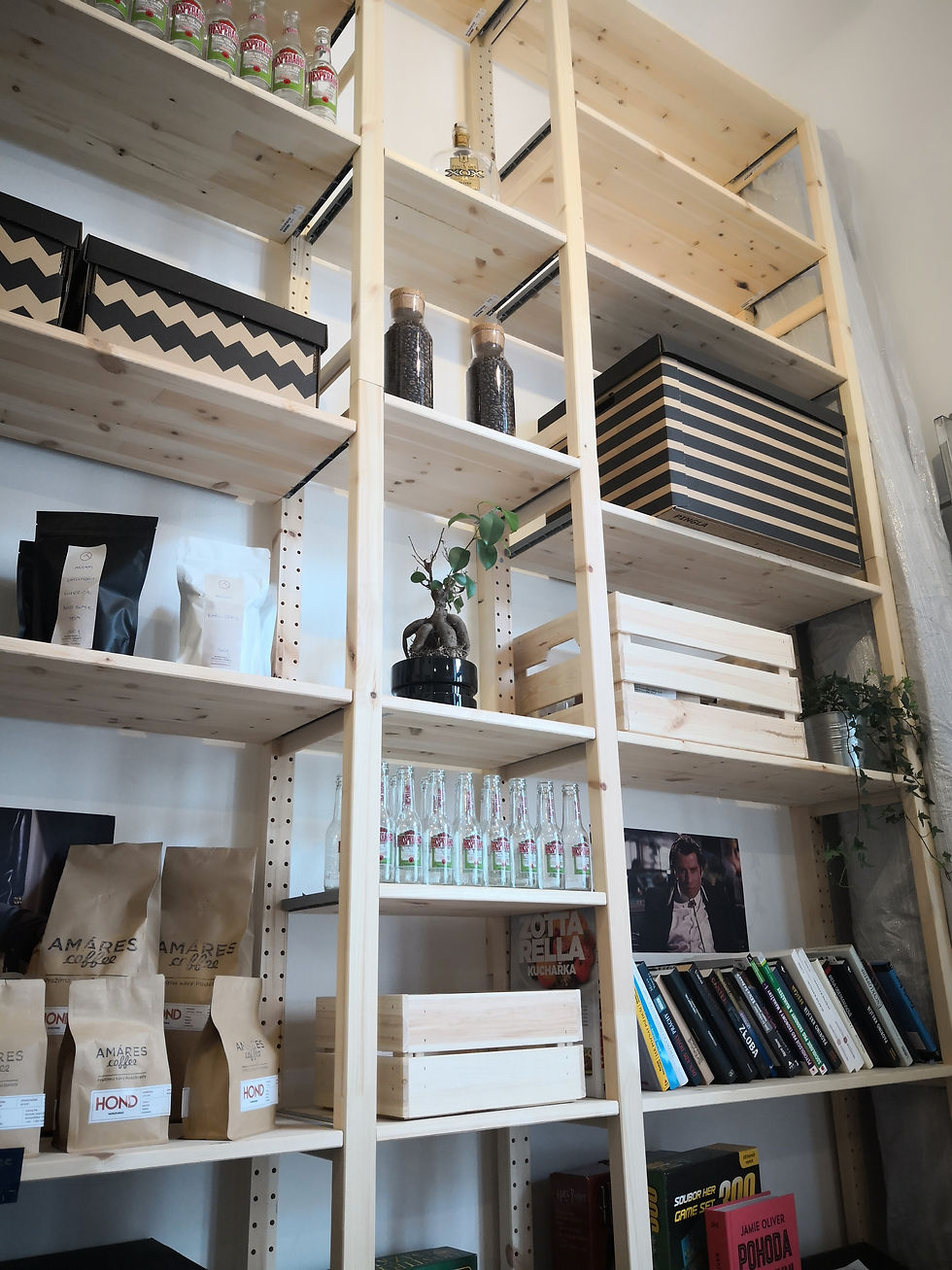Organizing tips for families with some ADHD in the mix.
- Emily Geisler
- Nov 29, 2024
- 3 min read
Updated: Nov 17

Whether it’s one family member or more, managing a household with ADHD comes with unique challenges. Each person has their own profile of interests and strengths, so its important not to approach organizing like a one size fits all solution. When I go to a client's home or office, I like to observe what’s happening in their space like a detective. I ask myself, “What are the defaults happening here and what adjustments can be made to support how this person thinks and functions in their space?” This is why I beg clients not to pre-clean before our sessions! When left in it’s real life state there are meaningful clues everywhere.
Here are a few basic principles that can help make a household with some disorganization tendencies more manageable:
1. Establish Visual Systems
ADHD brains thrive on visual cues. Out of sight means out of mind, so organizing systems that keep the essentials visible help everyone stay on track.
• Use clear bins for toys, snacks, and other frequently used items.
• Label shelves and containers with pictures and words, especially for younger kids.
• Create a family command center with a calendar, to-do lists, and reminders in a highly visible spot, like the kitchen or entryway.
2. Create Predictable Routines
Structure is helpful for most people, as it helps reduce decision fatigue and provides a sense of stability.
• Use a visual schedule to outline daily routines (e.g., morning, after school, bedtime).
• Incorporate alarms, timers, or phone reminders to keep everyone on track. The Time Timer can be a helpful tool because it adds a visual element for the passing of time.
• Build buffer time into the daily schedule to account for distractions or transitions.
• Keep the routine simple. You can always add more items later, once the basics become a solid habit.
3. Create Zones
• Drop Zones are for for entering and leaving the house. Items needed for school or work the next morning can be staged here ahead of time to make for a stress free departure. Have an open basket for each person and some hooks above to easily store the essentials. A bonus would be to have some charging hookups for devices to be stored here overnight as well.
• Activity Zones help promote focus and order.
- Creative zone- have art supplies ready to go and quick to put away- use clear open bins for the supplies and store on open shelving.
- Play zone for toys- keep the toy inventory manageable so cleanup is not overwhelming. Put the extra toy inventory on a rotation so things seem new and interesting every few weeks or months. Again, open bins without lids make cleanup fast for kids and parents ready to move on to the next thing.
- Quiet zone- have blankets, books and quiet sensory items to promote rest and self regulation
4. Oversimplify cleaning
• Have quick pickup baskets in common spaces to be put away later. Add this put away step to your daily routine and combine it with a reward activity to keep motivation rolling. Turn on some music and race to put everything away before the song is over. Put away before starting something fun like screen time or dessert.
• Keep basic cleaning supplies in the rooms were they are needed- visible and in easy reach of adults. Common areas get messy fast- keep disposable cleaning wipes in each bathroom and in the kitchen for quick touch ups through the day.
5. Practice Compassion and Flexibility
Progress is more important than perfection. Setbacks and getting off routine at times is normal. Just start again tomorrow!
• Focus on small wins, like successfully completing one task or following a routine for a week.
• Celebrate each family member’s contributions to the household, no matter how small.
• Be flexible and willing to adjust systems if they aren’t working—organization is an evolving process, not a one-time event.
6. Work Together as a Team
Organizing as a family gives everyone a sense of participation in the maintenance of the home and teaches valuable skills to kids.
• Hold a weekly family meeting to discuss schedules, challenges, and solutions.
• Assign age-appropriate responsibilities to each family member and connect it to the visual routine in a common area.
An organized home doesn’t have to mean spotless perfection. The key is to create systems that work for everyone, embrace flexibility, and prioritize functionality over aesthetics.


Comments